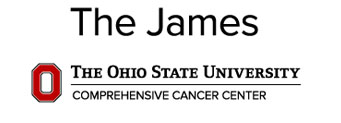
(COLUMBUS, Ohio) – Although advances in cancer therapies are improving survival rates, there’s a lot unknown about how cancer spreads and why treatments stop working. Now, the selfless contributions of those who have passed from cancer are helping scientists at The Ohio State University Comprehensive Cancer Center–Arthur G. James Cancer Hospital and Richard J. Solove Research Institute (OSUCCC – James) examine different sites of cancer in the body to gain insight into how the disease evolves and how to develop more effective treatments.
“As patients undergo cancer treatment and, in some instances, succumb to their disease, there’s limited opportunity to understand their cancer and what made it so lethal and what took their lives,” said Dr. Sameek Roychowdhury, a medical oncologist and researcher with the OSUCCC – James Translational Therapeutics Research Program. “The rapid autopsy program allows us to sample every site of cancer in the body. This can help us understand how the cancer cells overcame different treatments and then go back to the drawing board to develop better therapies targeted to different genes and types of cancer.”
When a patient who has volunteered for the study passes, a team at Ohio State quickly mobilizes to perform the rapid autopsy within hours of death, before tissues degrade. The research could help save lives in the future. Roychowdhury says he is always humbled by patients’ eagerness to help advance this research in any way possible, even if it didn’t come in time to eradicate their own disease.
“Everyone on our team sees it as a privilege and duty to care for them in that research study and to use that autopsy to help others as that patient would have wanted,” Roychowdhury said. “We’re understanding how to better take care of patients with cancer, find better ways to develop therapies and to understand biology. But even more rewarding is the fact that almost every single family member has said to me how grateful they are that their loved one could be part of the study.”








